#œillet
Text
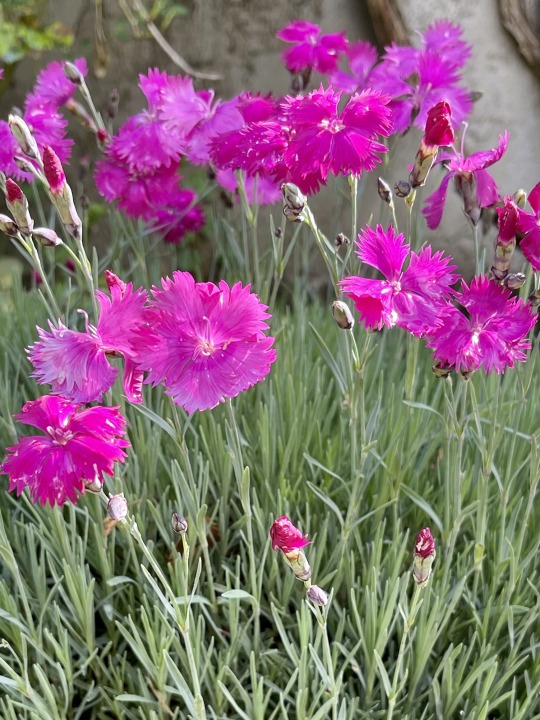
Œillets…
15 notes
·
View notes
Text
Heureux...
Heureux qui, comme lui, a vu de belles images,Des bas et des coutures, magnifique horizonEt puis est descendu tout droit jusqu'au talon,Embrasser du regard ce divin paysage
Quand reverrai-je, hélas, pendant un effeuillage,Des jambes nylonnées, et en quelle saison,Reverrai-je l'œillet, tellement polisson,Qui m'est un réconfort, et beaucoup davantage
Plus me plaît le toucher de ton nylon…

View On WordPress
#bas#bas nylon#du Bellay#jarretelle#lingerie#nylon#Pléiade#poésie#porte-jarretelles#sensualité#œillet
3 notes
·
View notes
Photo
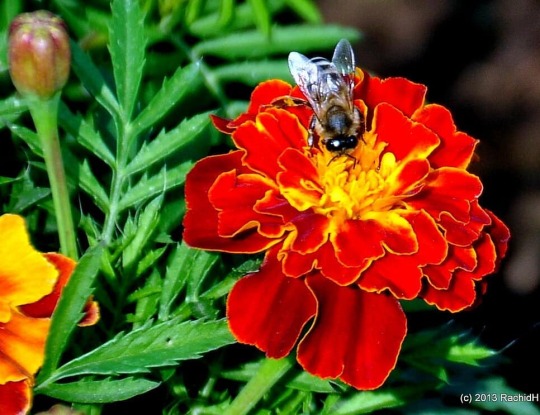
Carmen Marigold ~ Tagetes patula Nana ~French Marigold ~ Œillet d'Inde ~ hosting a Honey Bee or is it a Band-eyed Drone Fly ~ Hoverfly ~ Eristalinus taeniops - Syrphidae in Maadi, Cairo, Egypt. #CarmenMarigold #Marigold #Tagetes #Tagetespatula #FrenchMarigold #Œillet #Œilletd'Inde #Bee #Band-eyedDroneFly #DroneFly #Hoverfly #Eristalinus #Eristalinustaeniops #Syrphidae #Maadi #Cairo #Egypt #Flowers #Streetflowers #Gardens #Blossoms #Blooms #flowersofinstagram #macrophotography #macros #Syrphid #Syrphe #macrophotography #macros #insects #insectsofinstagram #Entomology https://www.flickr.com/photos/rachidh/albums (at MaAdi, cairo , Egypt) https://www.instagram.com/p/Caz4p9pKvuj/?igshid=NGJjMDIxMWI=
#carmenmarigold#marigold#tagetes#tagetespatula#frenchmarigold#œillet#œilletd#bee#band#dronefly#hoverfly#eristalinus#eristalinustaeniops#syrphidae#maadi#cairo#egypt#flowers#streetflowers#gardens#blossoms#blooms#flowersofinstagram#macrophotography#macros#syrphid#syrphe#insects#insectsofinstagram#entomology
0 notes
Text
La verticilliose
PRÉSENTATION La verticilliose est une maladie cryptogamique comme l’est la fusariose. Elle aura pour conséquence de boucher les vaisseaux conducteurs de sève. Les premiers symptômes seront le jaunissement du feuillage pour ensuite aboutir au flétrissement d’une partie de la plante et dans les cas plus importants ce sera toute la plante qui sera contaminée.
(more…)

View On WordPress
#abricotier#ail#amandier#arbre de Judée#artichaut#aster#aubergine#catalpa#champignon#compost#dahlia#daphné#décoction#delphinium#érable#hêtre#lilas#maladie cryptogamique#melon#œillet#olivier#ortie#pêcher#pélargonium#phlox#pivoine#poirier#poivron#pomme de terre#pommier
0 notes
Text

Pierre Mignard I, circle of (French, 1612-1695)
Portrait of a Lady, three-quarter-length, in a white silk dress and a blue shawl, arranging flowers, 17th century
#this is not Claude de Vin des Œillets#Pierre Mignard I#french art#art#fine art#european art#female portrait#female#portrait#portrait of a lady#women in art#european fashion#classical art#traditional art#mediterranean#europe#european#europa#oil painting#fine arts#brunette#woman#black eyes#brown eyes#spring
32 notes
·
View notes
Text
Hôtel de Bourgogne vs Palais-Royal. Andromaque and the rise of a star.
More than a few trees have died so biographers and critics could try to figure out why Racine, in defiance of custom, gave the same play to two theatres. Leaving aside questions of Racine's bad faith, however, a more interesting question is why the Hôtel was apparently able to dominate the competition so quickly. Granted, reputation was important and the Hôtel de Bourgogne was the tragic tripot, but the actors at the Palais-Royal started out in a position of strength. The first night attracted a glittering audience; Robinet's review promised a fine experience; and yet the audience deserted them for the other theatre.
The answer lies in the casting. A comparison between the two casts not only has something to teach us about the differences between Molière's actors and the tragedians at the Hôtel de Bourgogne, it also forces us to consider that our own idea of good acting was not necessarily shared by audiences in seventeenth century Paris […]
It may be helpful to think about tragedy as it was played at the Hôtel de Bourgogne in the seventeenth century the same way we thought about opera through most of the twentieth. As the Grands Comédiens saw it, the voice was what mattered. Mlle Des Œillets enchanted the listener, not the spectator, while Montfleury was the Luciano Pavarotti of his day, so heavy that he needed a supporting frame to hold up his belly on the stage. That apparently could be overlooked as long as the voice struck the ear harmoniously and conveyed the meanings of the text. As Sabine Chaouche writes, of tragic acting:
"We know that on the seventeenth-century Stage, "dire c'est faire", to speak is to act… at "to speak" is above all to appeal to the imagination by the evocative power of the word, to create lively and stimulating images capable of insinuating themselves into the minds of the audience, and to make an impression, arouse the senses, and deeply move the spectator."
This aesthetic of acting, which stresses the written text at the expense of visual action, also indicates the growing importance of the playwright. No longer, like Hardy and Rotrou, merely the hired help, the playwright now could feel that it was the job of the actors to serve him and his intentions. On the other hand, Molière, although a playwright, was an actor as well, perhaps an actor above all, and while he was not personally succesful in tragedy, he had an idea of how it should be played. That idea, which was less formal and formulaic than what took place on the rival stage, would be conserved and refined by Michel Baron, who began his distinguished career in Molière's troupe. The clash of these opposing styles would continue long after both Molière and Racine were dead.
Racine may have given his play to the Hôtel after discovering during rehearsals that he was unable to persuade the actors at the Palais-Royal to speak his verse the way he wanted it spoken. According to the unknown friend who recored what Racine's elder son Jean-Baptiste had to say about his father "[Racine] did not approve of the too lively way in which Molière's troupe performed verse. He wanted the sound of verse to join meter and rhyme, distinguishing it from prose." Molière, believing that verse could be performed as if it was actual speech, made fun of the measured delivery practiced at the Hôtel. As Béatrice Dussane notes, Molière was also unlikely to permit the young Racine to "encroach upon his authority." Mlle Du Parc may have been somewhat more tractable, a "docile imitator", according to Dussane, leading Racine to believe that he could shape her performance to achieve exactly what he had in mind.
[..]

Why did Mlle Du Parc leave the Palais-Royal for the Hôtel de Bourgogne ? Georges Forestier thinks she was dissatisfied with her roles and peeved because she was always being passed over for the other actresses. But he has not thought about what roles may have been available for her in the tragedies, nor about her importance as a dancer. He also asumes, as does everyone else, that Racine had a hand in the change of venue. He points out that the Hôtel de Bourgogne, with Mlle Des Oeillets and Mlle d'Ennebaut, did not need Marquise Du Parc, and that she was not given any of their roles. In his view, then, Racine imposed her on the troupe so that she could be his Andromaque, and the troupe was happy to have the chance to annoy Molière. This is as good a reading of events as any.
[…]
In his gazette of November 26, 1667, Robinet most unusually begins his review of the new play Andromaque on page one and devotes an astonishing 90 lines to it. He describes it as "the play, completely new, of Andromaque, the widow of Hector." This lady, many years after her death, is reborn in the person of a charming actress,"a tall temptress, who, dressed in magnificent mourning, with her voice, her gestures, and her eyes, fills the role admirably." He continues with a description that focuses on Andromaque's unintended effects on her captor, Pyrrhus, who has fallen madly in love with her:" It is Mlle Du Parc, served by her faithful escort, the Little God who Bears the Bow", that is, Eros. Racine has clearly relied on her sexual appeal to add a layer to the play that would be not there with a less naturally seductive actress in the role.
Forestier believes that Racine was taking a certain risk casting Mlle Du Parc as the faithful widow, considering that by this time she was seeking solace in the playwright's bed for the loss of her own husband. In his view their relationship was already underway when Racine had preferred her to Mlle de Brie for Axiane in Alexandre le Grand. If that was the case, Forestier argues, the audience, up on the latest gossip, might actually have laughed at the sight of the mery widow in her classical weeds. Nonetheles, suitable or not, Marquise Du Parc finally had her starring role as a tragedy queen.
Racine's friend Boileau later said that Racine was in love with "la Du Parc" and wrote the role of Andromaque for her, although in what sense he might have done so has been disputed. The romantically inclined like to think of her as Racine's muse:
"The author watches the woman, this young widow, mother of a little boy. The heart of the actress, faithful to Du Parc, beats with the same rythm as the heart of Andromaque, faithful to Hector: [Racine] is inspired by her, watches her work, listens to her intonations, to the inflections of her enchanting voice. There is a veritable osmosis between the poet Jean Racine and the actress Marquise Du Parc: the conception of Andromaque without a doubt owes as much to the one as to the other."
Others recall that Boileau went on to say that Racine "taught her her role; he had her repeat it like a scholar", which sounds more like Pygmalion and Galatea than a tragic poet inspired by his own Melpomene. André Chagny tries to resolve any conflict. "Their artistic collaboration created a strong and intimate link between two sensibilities, two intelligences, two wills," but why should it be a problem if, "in order to be certain that his verses were understood and would be spoken with the correct expression, Racine felt obliged to teach her the role himself" ?
No anecdotes have come down to us suggesting that Mlle Des Œillets- whose role as Hermione was larger and required a far greater range than did that of Andromaque- had to be taught her text word by word, inflection by inflection, and after devoting 13 lines to Mlle Du Parc, Robinet gives 30 to her rival, far more prominent in the action and, in the end, seen "in full glory".
Virginia Scott- Women on the Stage in Early Modern France: 1540-1750.
#xvii#virginia scott#women on the stage in early modern france#marquise du parc#actresses#jean racine#molière#michel baron#jean-baptiste racine#mademoiselle des œillets#nicolas boileau#now i've read other authors having different ideas about his coaching the actors or not#or his being able to impose casting choice on famous actors when he was not yet an established star#or boileau's reliability#or the nature of racine's relationship with marquise#as ever the problem is: sources ?
6 notes
·
View notes
Text
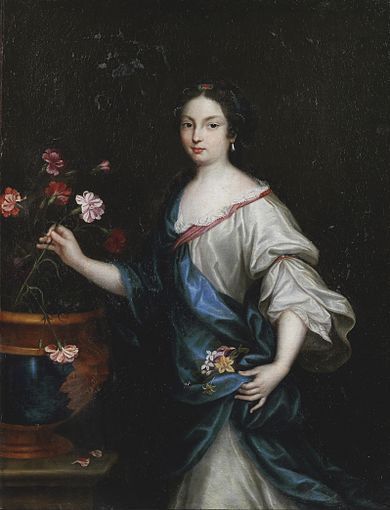
Claude de Vin des Œillets
Pierre Mignard (1612-1695, French)
Claude de Vin des Œillets, known as Mademoiselle des Œillets (1637-1687), was a mistress of King Louis XIV of France and the companion of the official royal mistress and favourite Madame de Montespan.
Daughter of the actors Nicolas de Vin and Louise Faviot.
She became the trusted lady's companion of Montespan before 1669. During the Affair of the Poisons, she was said to have made more than fifty visits to the poisoners, she was pointed out as the replacement of Montespan in the black masses. She was protected from any persecution by the monarch, but the affair implicated Montespan and ruined the latter's relationship with the king.
Œillets retired from court in 1678 to a comfortable life in her Paris residence and country estate until her death.
#dianthus#carnation#portrait#pierre mignard#painting#women portrait#Claude de Vin des Œillets#17th century painting#17th century art#french art
4 notes
·
View notes
Photo
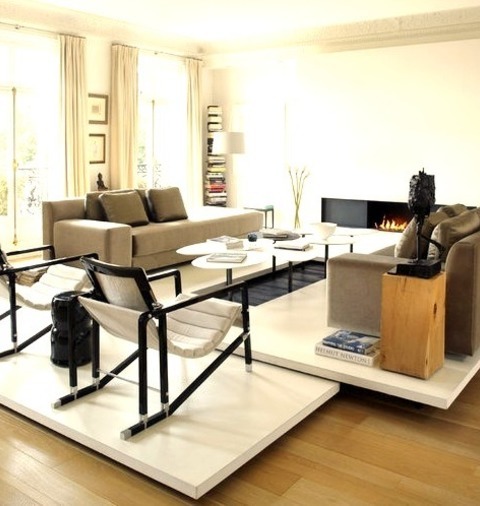
Paris Library Living Room
Living room library - large Scandinavian open concept living room library idea with light wood floors, white walls, and no television.
#transom windows#raised split-level design#fauteuils design#méridienne design#rideaux à œillets#salon sur estrade#tabouret design
0 notes
Photo

A new variant has been added!
White-crested Guan (Penelope pileata)
© Marc Athanase Parfait Œillet Des Murs
It hatches from broad, brown, dark, dense, humid, large, rich, and white eggs.
squawkoverflow - the ultimate bird collecting game
🥚 hatch ❤️ collect 🤝 connect
0 notes
Photo

'Table aux œillets' tablecloth by Sarah Espeute. Photo by Maxime Verret.
334 notes
·
View notes
Text

US Vogue May 1, 1953
Dovima in a cotton carnation print dress. By Clare Potter. Glitter everywhere. Makeup: “Ayermagic” by Harriet Hubbard Ayer, a cosmetic that erases shadows.
Dovima dans une robe en coton à imprimé œillets. Par Clare Potter. Des paillettes partout. Maquillage : "Ayermagic" de Harriet Hubbard Ayer, un cosmétique qui efface les ombres.
Photo Horst P. Horst
vogue archive
#us vogue#may 1953#fashion 50s#spring/summer#printemps/été#clare potter#hubbard ayer#dovima#horst p. horst#vintage vogue#vintage fashion
13 notes
·
View notes
Text

[1152/10977] Black-fronted Parakeet - Cyanoramphus zealandicus
(extinct)
Order: Psittaciformes (parrots)
Superfamily: Psittacoidea (true parrots)
Family: Psittaculidae (Asian and Australasian parrots)
Subfamily: Platycercinae
Image credit: Marc Athanase Parfait Œillet Des Murs (1849)
#birds#Black-fronted Parakeet#Psittaciformes#Psittacoidea#Psittaculidae#Platycercinae#Cyanoramphus#birds a to z#extinct#undescribed
69 notes
·
View notes
Text
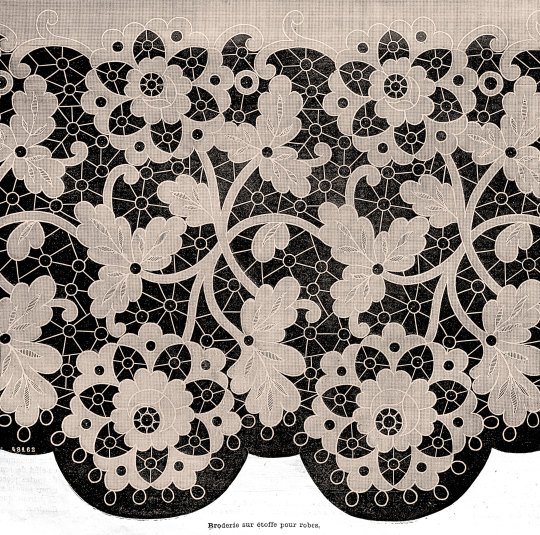
La Mode illustrée, no. 20, 14 mai 1882, Paris. Broderie sur étoffe pour robes. Ville de Paris / Bibliothèque Forney
Broderie sur étoffe pour robes.
On exécute ce travail sur de la soie, du lainage, de la toile ou de la batiste, à même l'étoffe ou, suivant les cas, par bandes séparées. Pour faire cette broderie, on emploiera de la soie, sur la soie ou le lainage, du coton sur la toile ou la batiste; dans ces deux derniers cas, ces tissus étant destinés à être blanchis, on festonnera les contours. Pour les autres tissus, on pourra se borner à marquer lesdits contours par un point chaînette; on tend les fils pour les barrettes, on festonne les œillets; on découpe l'étoffe en de-hors du dessin.
Embroidery on fabric for dresses.
This work is carried out on silk, wool, canvas or cambric, directly on the fabric or, depending on the case, in separate strips. To make this embroidery, we will use silk, on silk or wool, cotton on canvas or cambric; in these last two cases, these fabrics being intended to be bleached, the contours will be scalloped. For other fabrics, we can limit ourselves to marking said contours with a chain stitch; we stretch the threads for the barrettes, we festoon the eyelets; we cut the fabric outside the design.
#La Mode illustrée#19th century#1880s#1882#on this day#May 14#periodical#fashion#pattern#embroidery#description#Forney#dress#flower#lace
15 notes
·
View notes
Text
le prochain gars qui ose me parler dans la rue je lui casse les jambes avec les docs à vingts œillets que je viens d’acheter c’est bon là (oui, encore des docs)
17 notes
·
View notes
Photo
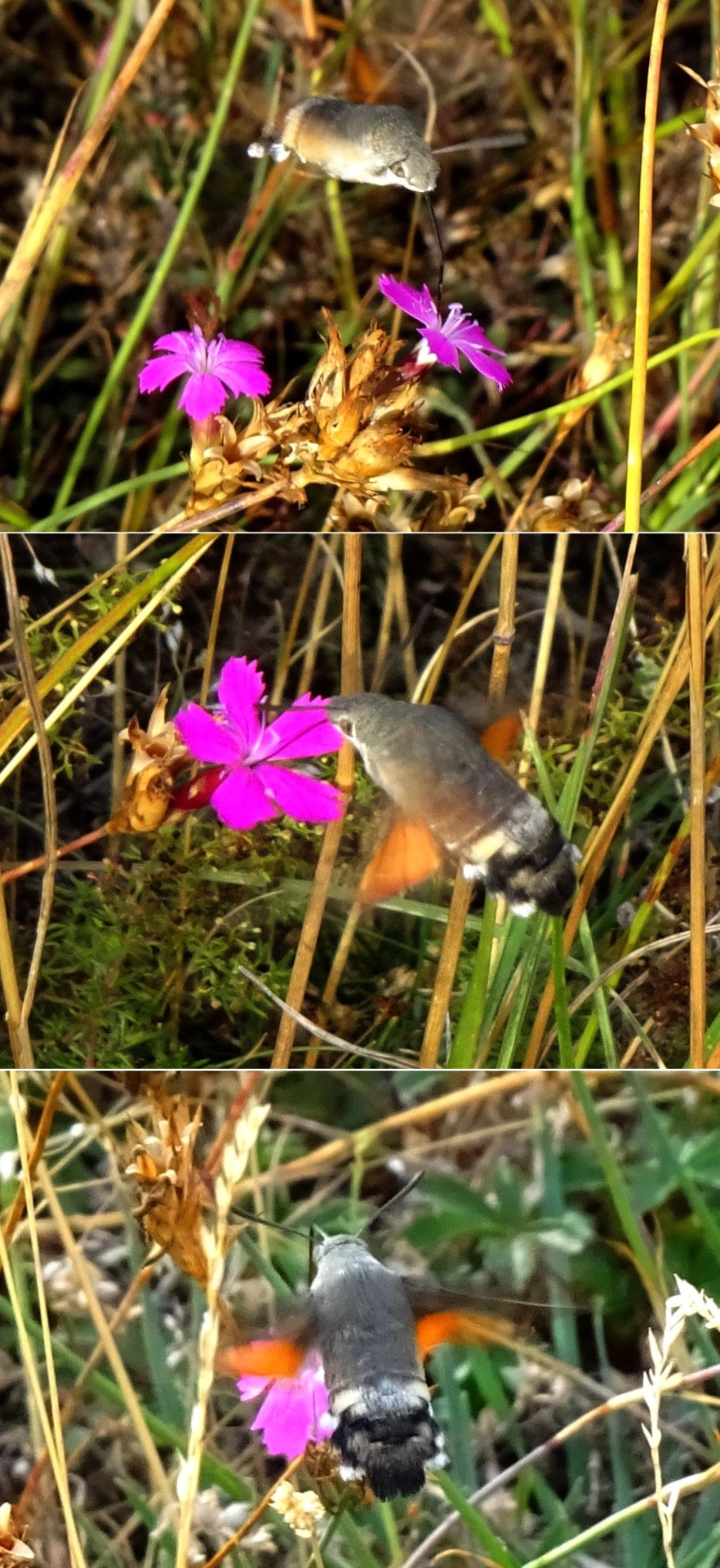
@philoursmars submitted: Un joli sphinx (lequel, cher ONPD ?) butine des œillets en Auvergne...
Philoursmars
Boy they really do look like hummingbirds while in flight! This one looks like a Eurasian hummingbird hawkmoth, Macroglossum stellatarum :)
173 notes
·
View notes
Text
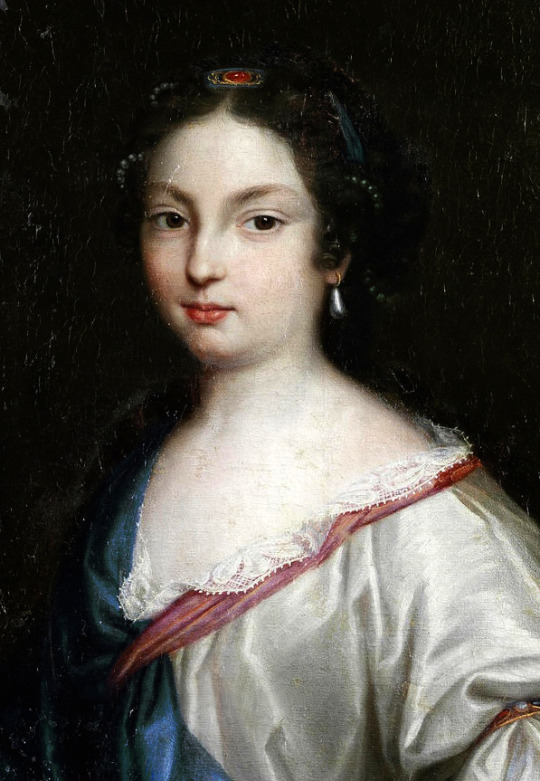
Pierre Mignard I, circle of (French, 1612-1695)
Portrait of a Lady , three-quarter-length, in a white silk dress and a blue shawl, arranging flowers, 17th century
#Pierre Mignard I#1600s#this is not Claude de Vin des Œillets#french art#art#fine art#european art#female portrait#female#portrait#portrait of a lady#women in art#european fashion#classical art#traditional art#mediterranean#europe#european#europa#oil painting#fine arts#brunette#woman#black eyes#brown eyes#spring
11 notes
·
View notes